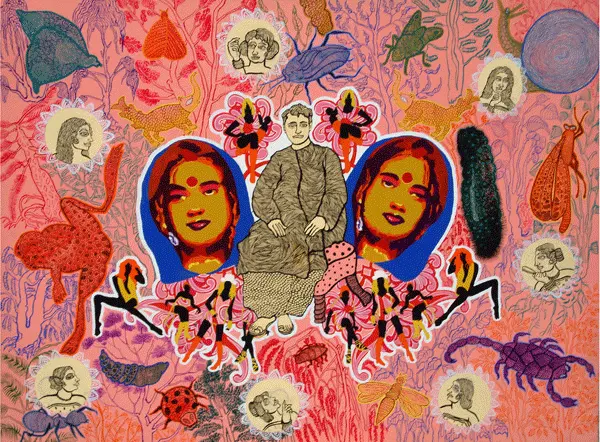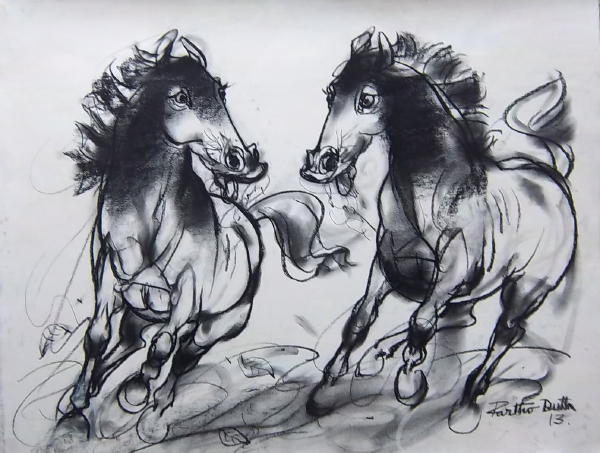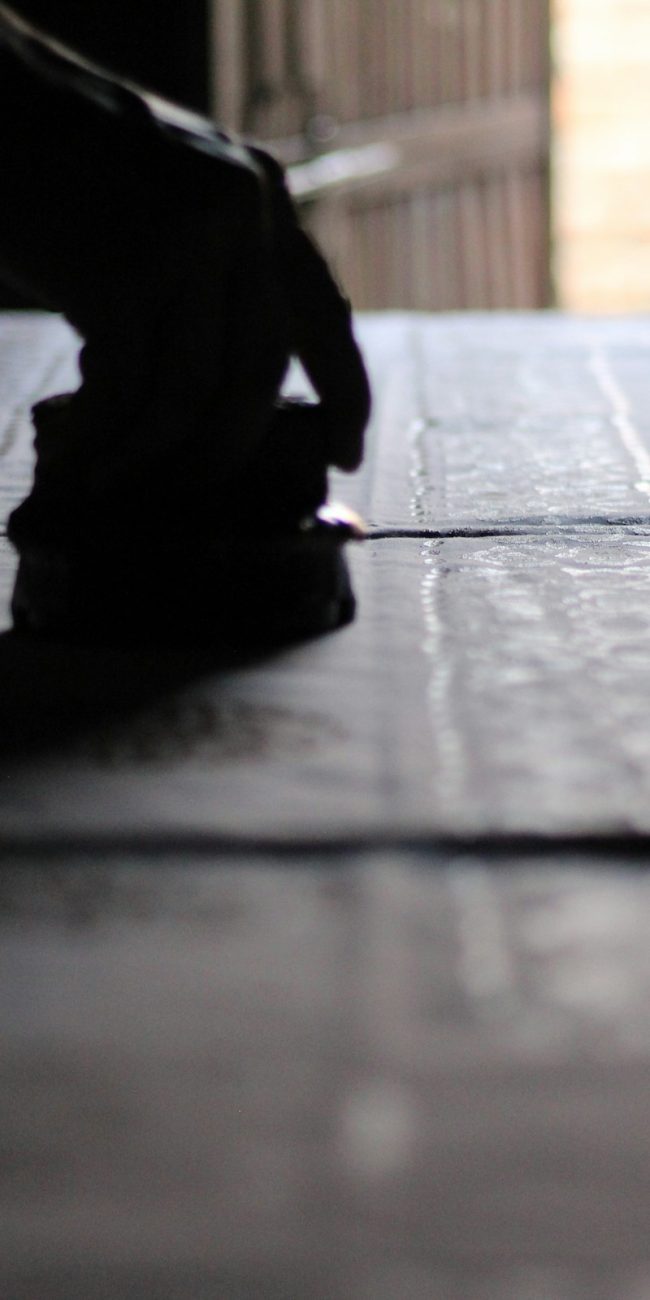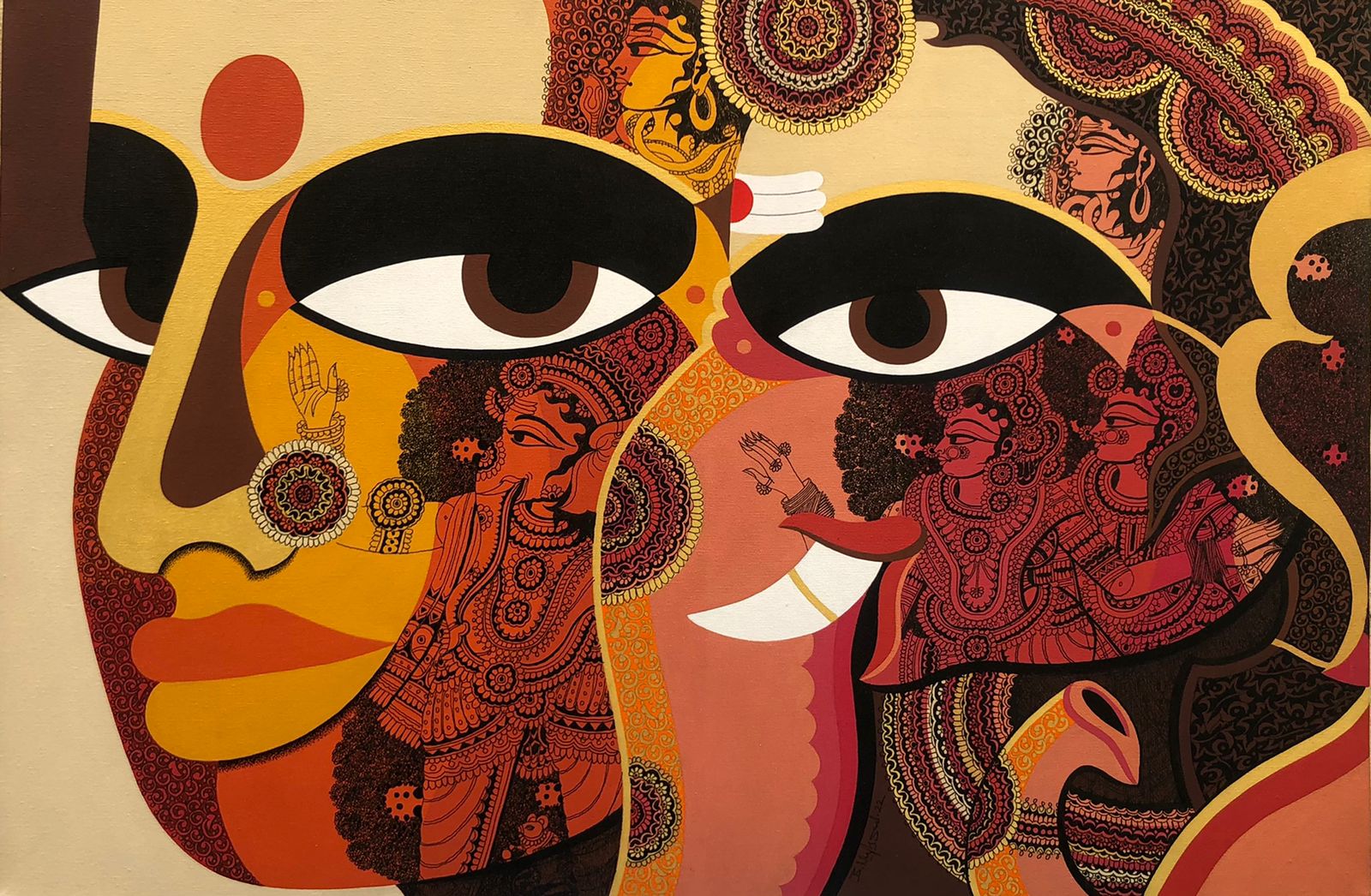
Traditions and Art: Depicting Cultural Practices in Modern Works
Art has always been a mirror to society, reflecting not just the current times but also traditions, history, and cultural values. Modern artists, with a deep respect for heritage, often incorporate traditional elements into their contemporary pieces. By blending age-old practices with new mediums, they create a fusion that not only preserves the essence of cultural traditions but also appeals to today’s audience. This connection between tradition and art is both a nod to the past and a fresh perspective on cultural heritage in the modern world.
In this blog, we’ll explore how artists breathe life into traditional cultural practices through their work, and why this movement is gaining traction worldwide.
The Cultural Revival in Modern Art



(Thota Vaikuntam, Memories of Telangana, Serigraphs)
Traditional Techniques in Modern Art
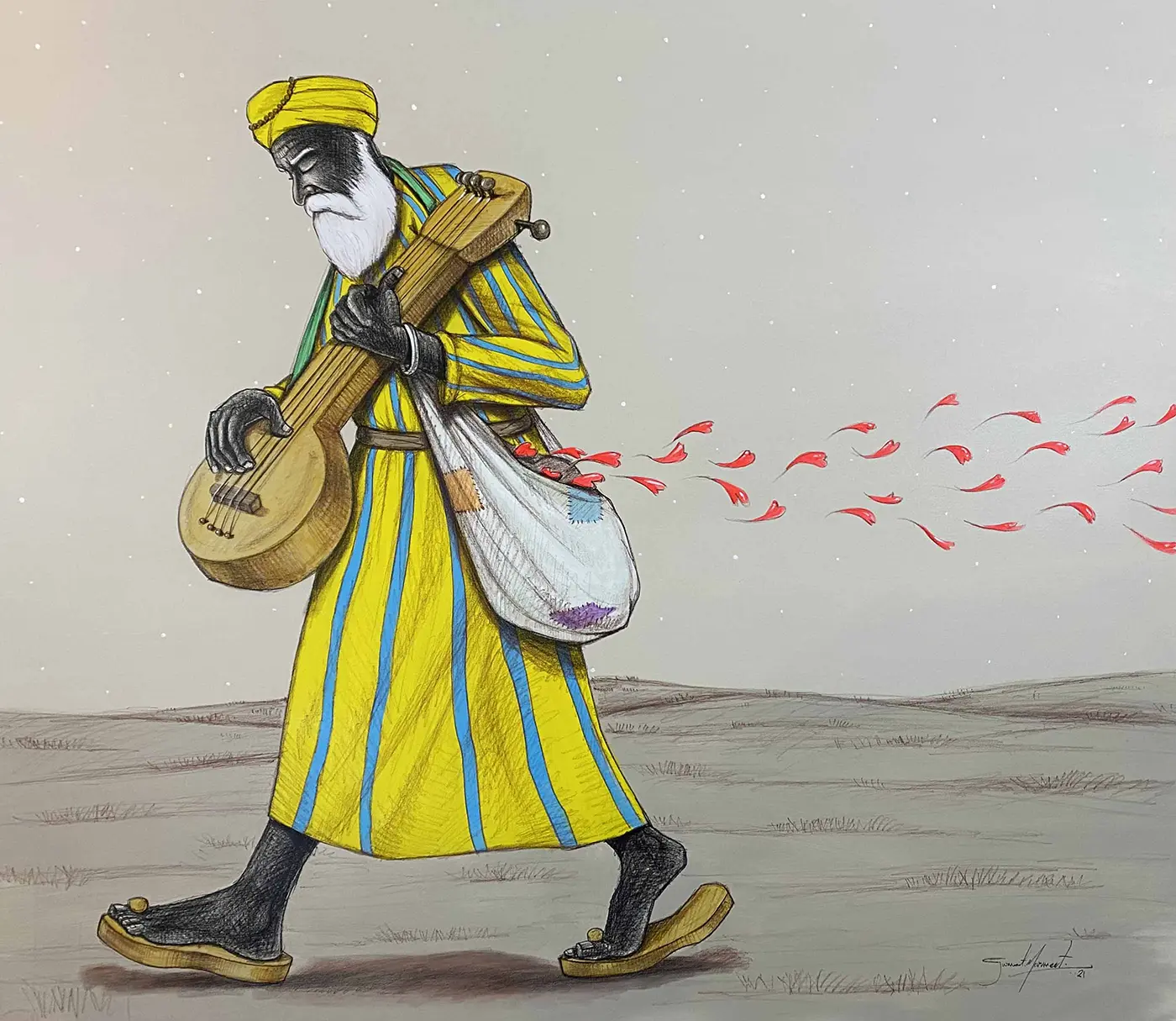
(Gurmeet Marwah, The Messenger, Mixed Media on Linen, 44 x 50 inches)

(Sujit Karmakar, Monk, Acrylic on canvas, 48 x 48 inches)
The blending of traditional techniques with modern themes gives contemporary art a timeless quality. Many artists use methods like woodblock printing, hand-woven textiles, and folk painting styles to convey modern messages, adding depth and authenticity to their work. This merging of techniques invites viewers to see both the artistry and craftsmanship that come with these practices, while also appreciating a fresh perspective.
Printmaker Gurmeet Marwah, for instance, employs traditional etching techniques to address modern societal issues. His pieces, while rooted in classical technique, speak to current realities, creating a unique and engaging aesthetic. Another striking example is Sujit Karmakar, whose artworks often depict Buddhist monks in moments of deep contemplation. Karmakar’s art captures the essence of Buddhist teachings and the serene beauty of monastic life, blending traditional ink and brush techniques with minimalist design.
Art as a Guardian of Cultural Identity
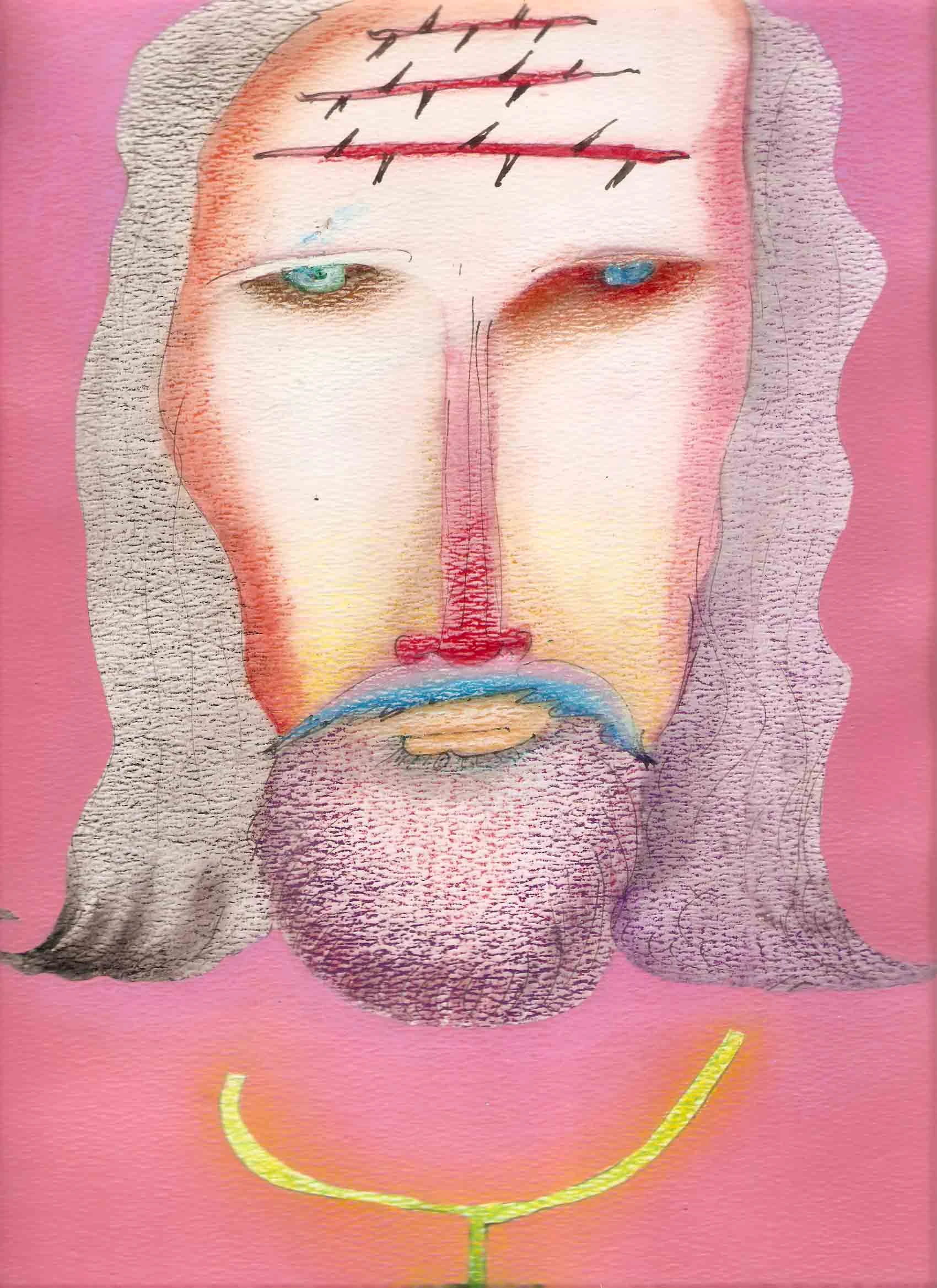
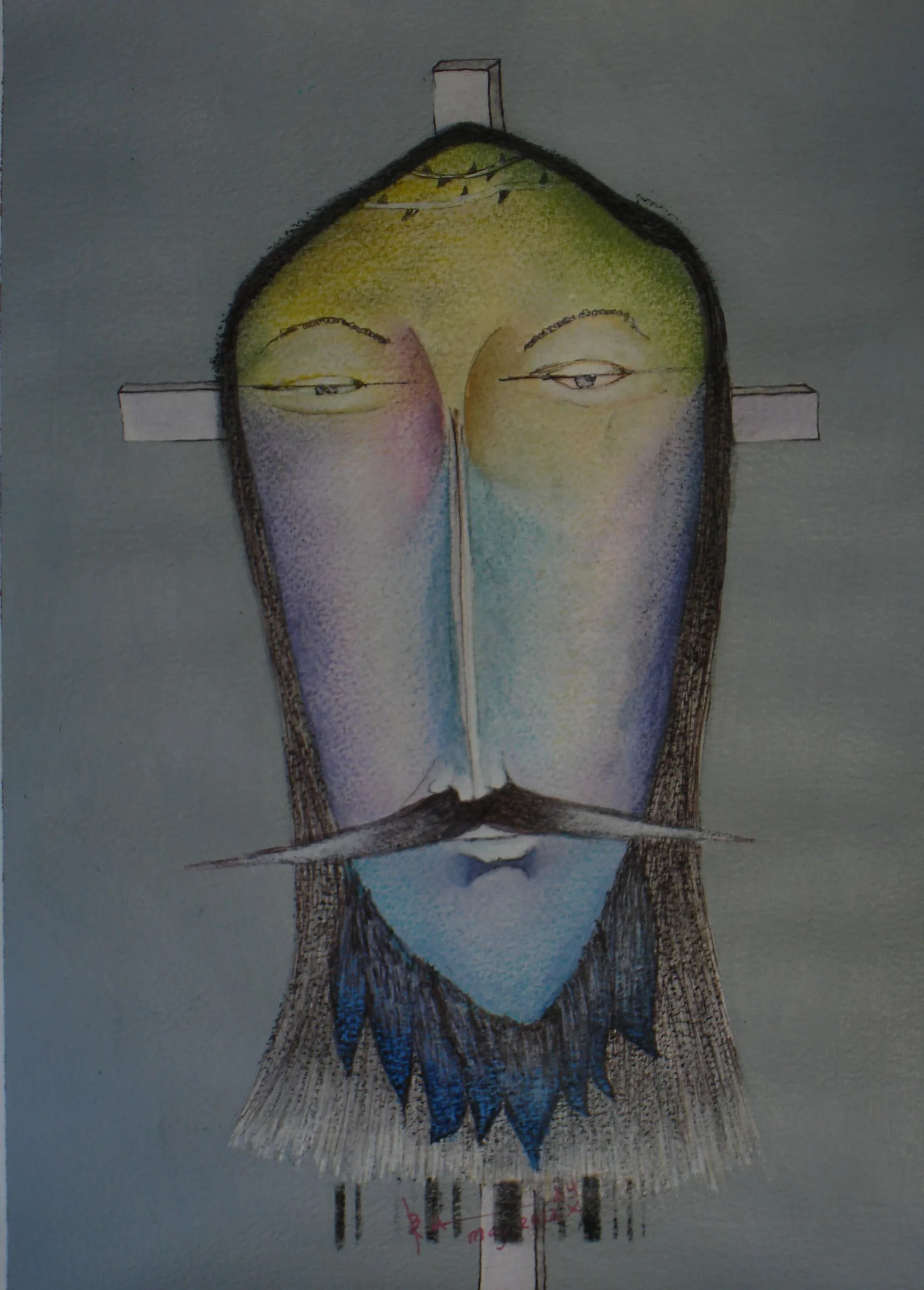
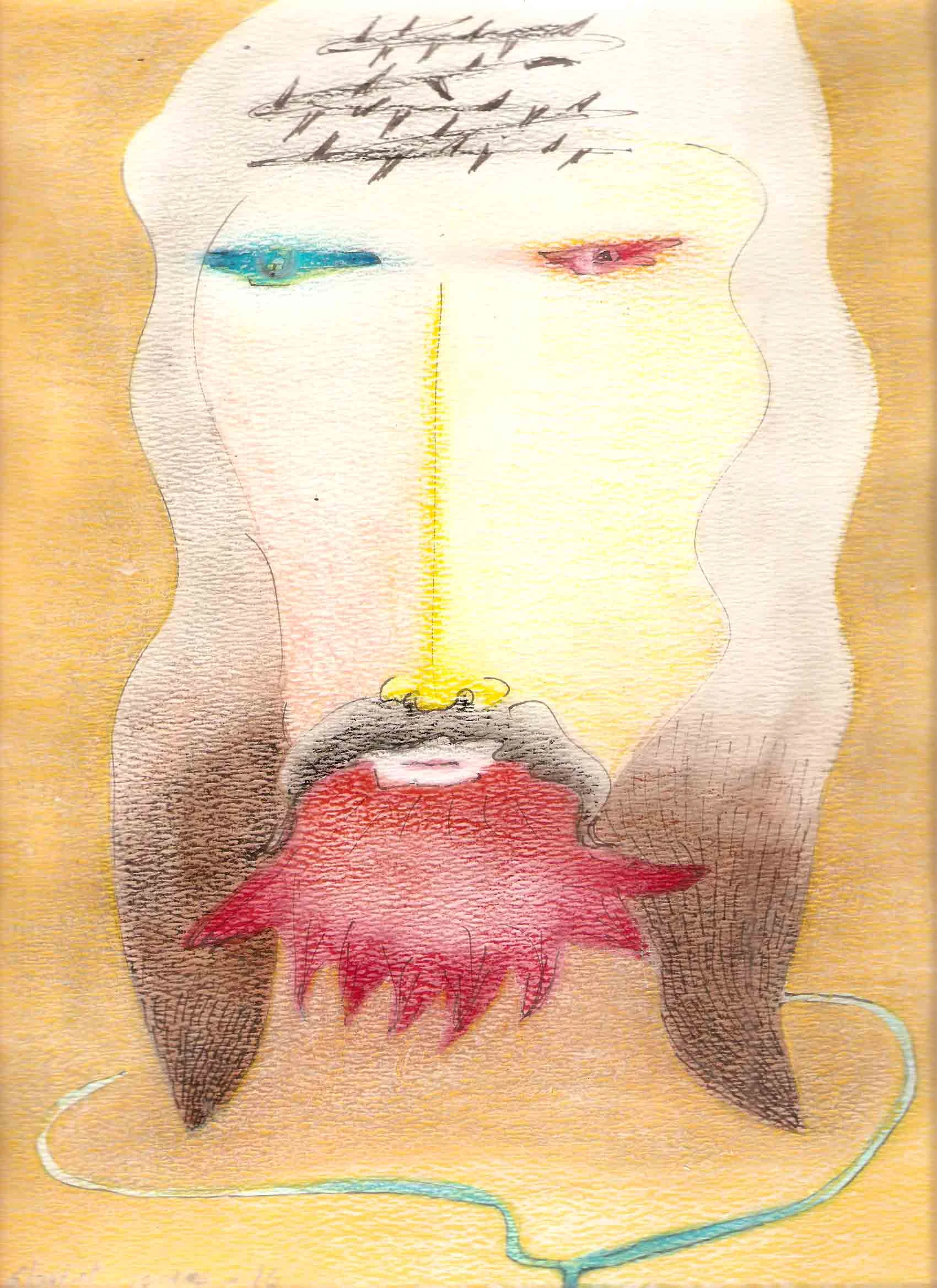
(Babu Xavier, Mixed media on acid free paper, 11 x 15 inches each)
Communicating Cultural Messages through Art
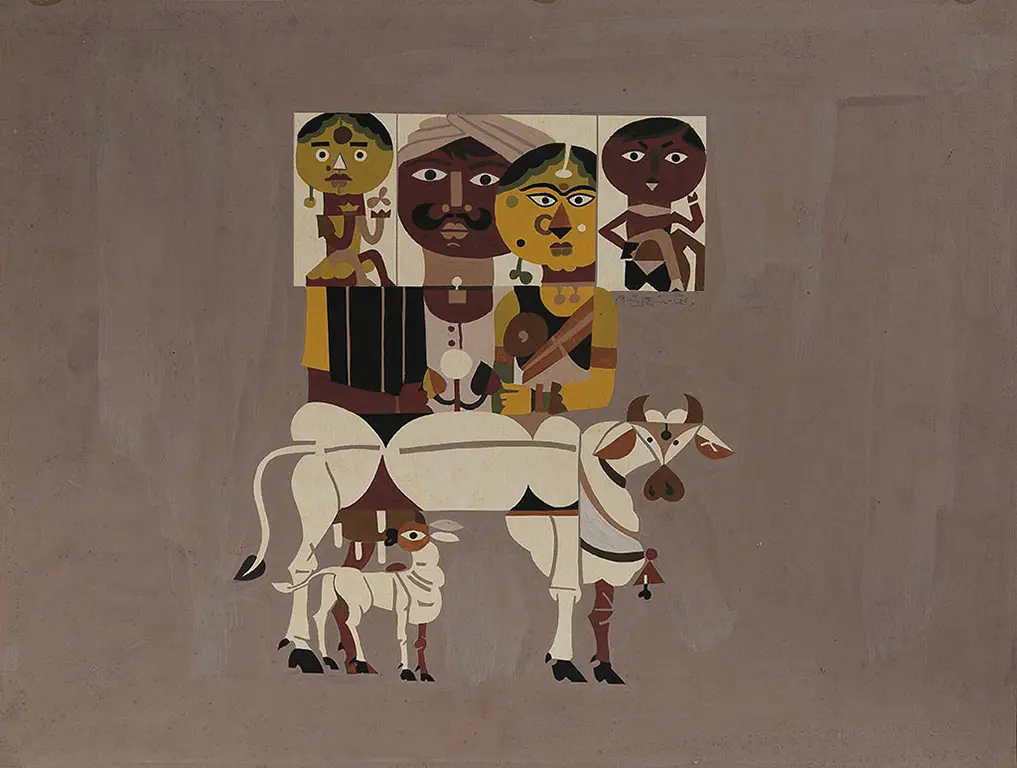
(Laxma Goud, Gouache Mount on board, 13 x 17 inches)
The Role of Art Exhibitions
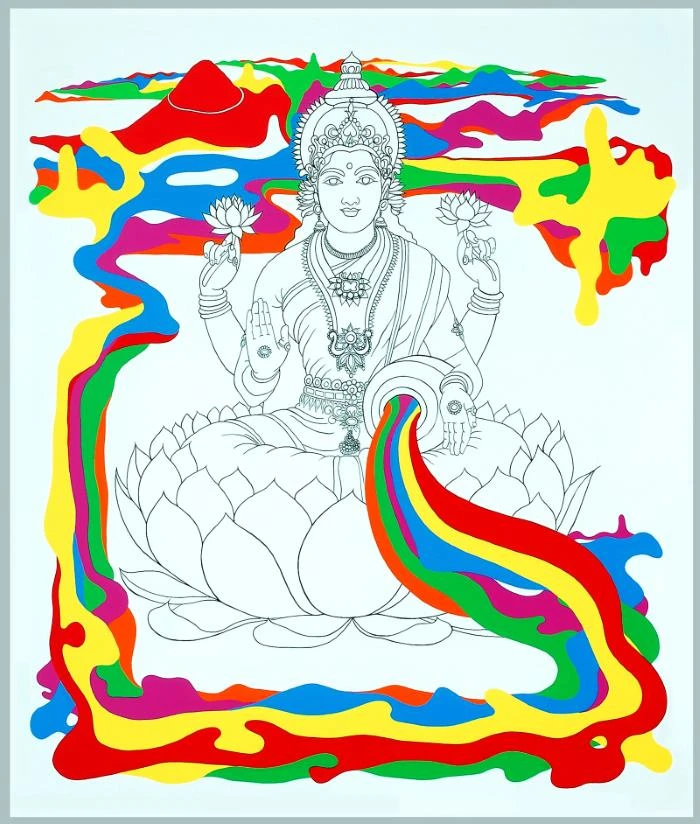
(Harisha Chennangod, Acrylic on Canvas, 54 x 66 inches)
Art exhibitions play a crucial role in bringing traditional art into contemporary spaces, allowing artists to showcase their work to diverse audiences. Exhibitions like the International Watercolor Society Biennale and the Beijing Art Biennale often feature pieces that celebrate cultural heritage through unique perspectives, connecting viewers to global traditions.
In India, exhibitions frequently display the country’s diverse cultural heritage, featuring works from various regions and folk traditions. By highlighting Madhubani, Pattachitra, or Warli art, these exhibitions not only preserve these art forms but allow modern artists to reimagine them for today’s audiences.
Social Media as a Catalyst for Cultural Art
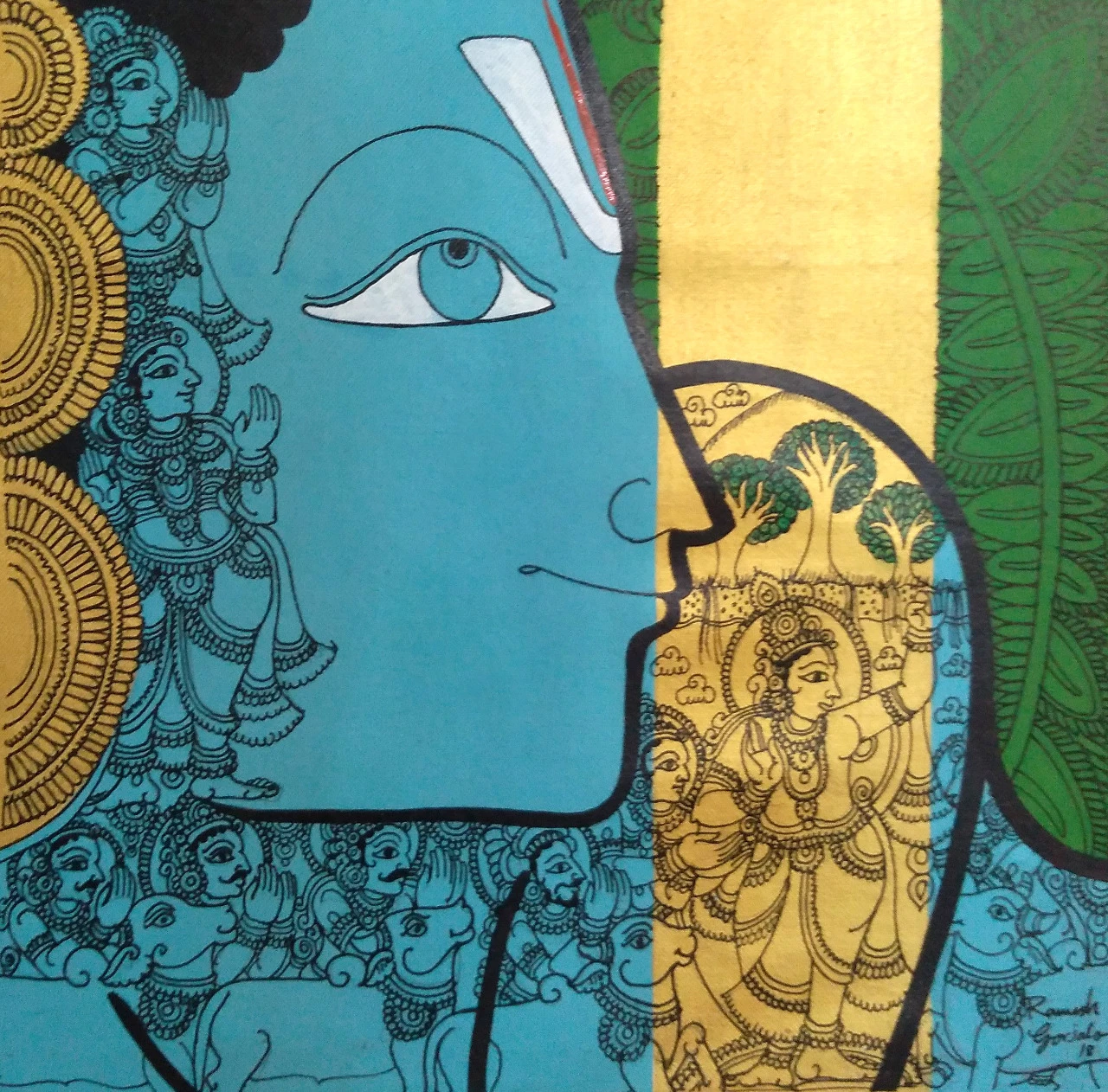
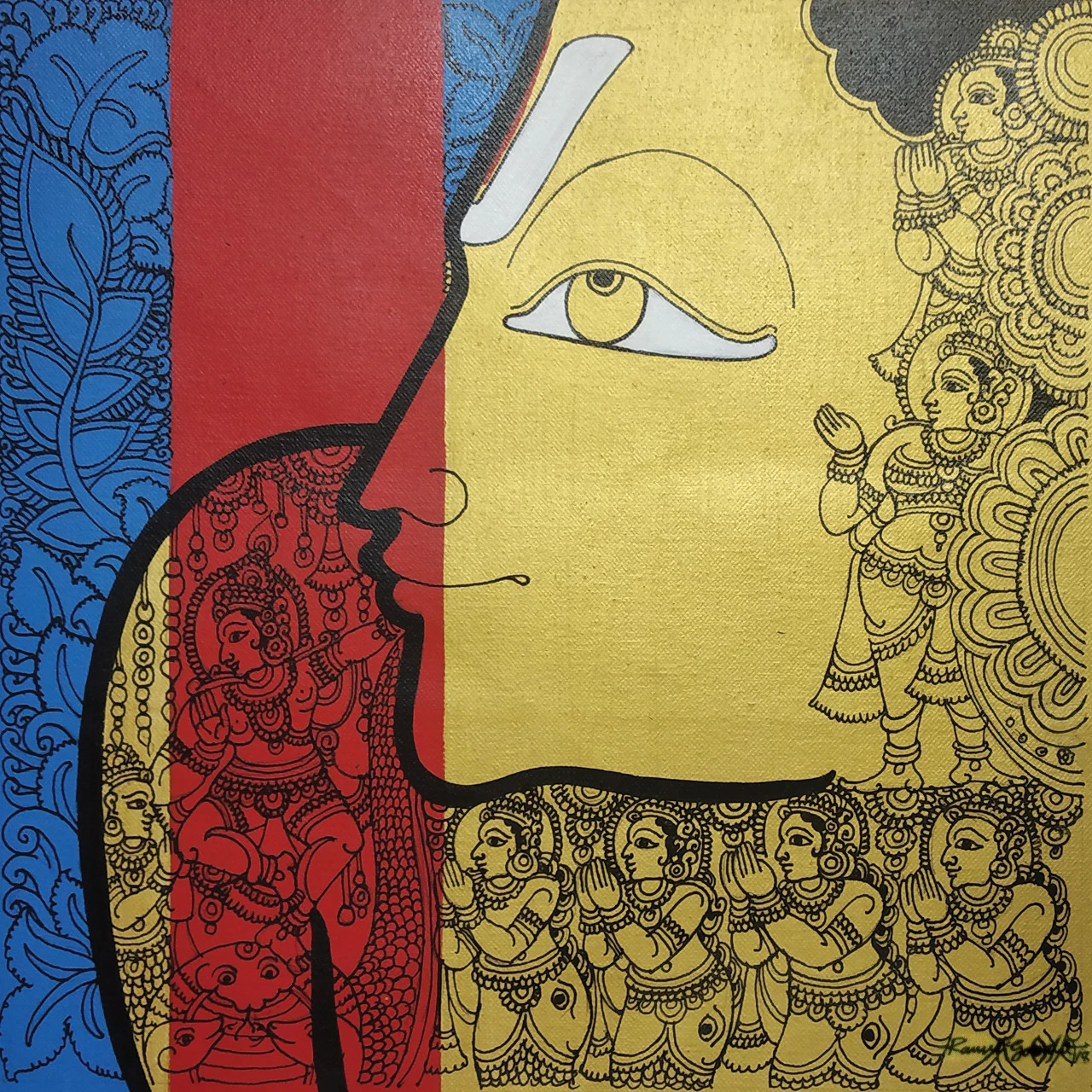
(Ramesh Gorjala, Acrylic on Canvas, 12 x 12 inches each)
Social media platforms like Instagram and Facebook have transformed how art reaches the world, allowing artists to share their work widely and quickly. Today, hashtags like #TraditionalArt and #ModernIndianArt connect artists with audiences interested in cultural art forms, helping viewers discover artists from diverse backgrounds and appreciate cultural motifs they may not otherwise encounter.
This digital accessibility has democratized art, enabling artists who celebrate tradition to reach larger audiences and inspiring people to learn about different cultures from the comfort of their homes.
Conclusion
Art that celebrates cultural practices and traditions connects the past with the present, creating a rich fusion of history and modernity. By blending age-old techniques, symbols, and stories, artists craft works that are both visually engaging and culturally significant. These pieces invite viewers to appreciate the timeless beauty of tradition while embracing new ways of interpreting culture.




